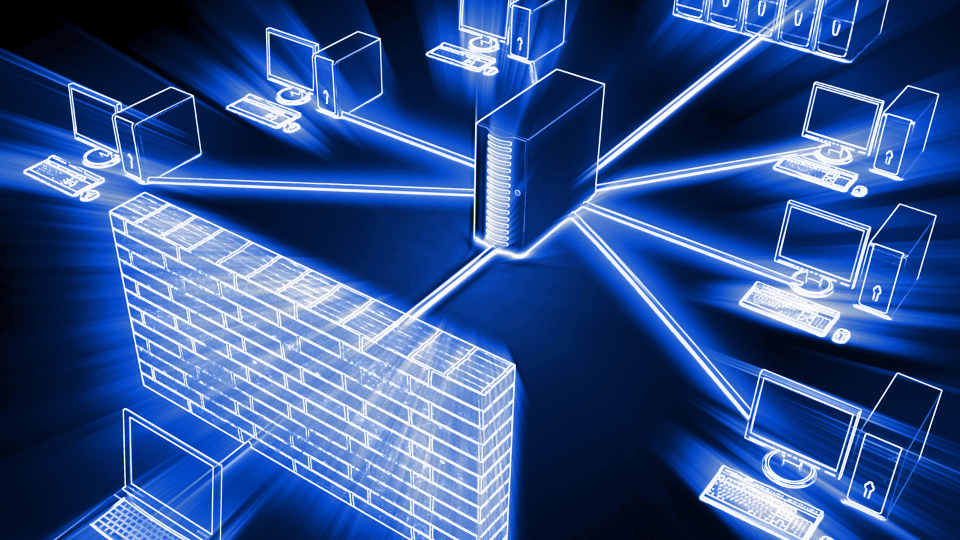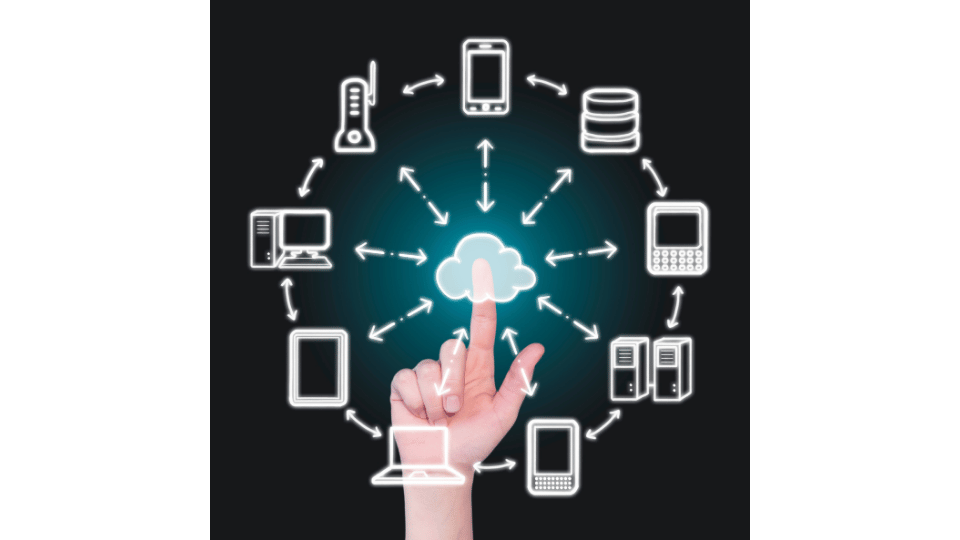In an increasingly digital world shaped by Industrial Revolution 4.0, the importance of cybersecurity cannot be overstated. As individuals and organizations rely more on technology for daily operations, the risks associated with cyber threats have escalated dramatically. This comprehensive review aims to delve into the multifaceted nature of cybersecurity, exploring its definition, historical context, how it works, and the current trends amidst the growing digital landscape.

Cybersecurity is defined as the practice of defending computers, servers, mobile devices, electronic systems, networks, and data from malicious attacks. It encompasses a wide range of technologies, practices, and policies aimed at preventing cyberattacks or mitigating their impact. At its core, cybersecurity is the convergence of people, processes, and technology, working together to protect organizations, individuals, and networks from digital threats. This multifaceted approach is essential in a world increasingly reliant on internet-connected systems, where the risk of unauthorized access and criminal use is ever-present.
The origins can be traced back to the early days of computing when the primary focus was on protecting physical hardware. However, as the internet gained popularity in the 1990s, the landscape shifted dramatically. Cyber threats evolved from simple viruses to sophisticated attacks, including malware, phishing, and ransomware. This evolution necessitated the development of advanced security protocols and technologies, paving the way for the establishment of cybersecurity as a distinct discipline. Today, cybersecurity encompasses a wide range of practices, including risk assessment, incident response, and the implementation of security frameworks to safeguard digital assets.
The history traces back to the early days of computing. The concept of computer security began to take shape in the 1960s and 1970s, as researchers explored ways to protect data and systems from unauthorized access.
One of the earliest milestones was the creation of the Creeper program by Bob Thomas in 1971, which was designed to move across ARPANET, the precursor to the internet. This program, while not malicious, highlighted the need for security measures, leading to the development of the first antivirus program, which emerged in 1987, marking a significant turning point in the field of cybersecurity. As the internet evolved throughout the 1990s, so did the sophistication of cyber threats.
The establishment of the Malaysia Computer Emergency Response Team (MyCERT) in 1997 was a pivotal moment, as it represented a formalized approach to addressing cybersecurity incidents. Over the years, organizations like the National Institute of Standards and Technology (NIST) have played a crucial role in shaping cybersecurity policies and standards, conducting research that has informed best practices. The history of cybersecurity is not just a timeline of technological advancements; it is also a reflection of the growing awareness of the importance of protecting sensitive information in an increasingly digital world.
Cybersecurity operates through a multi-layered approach that integrates various strategies and technologies to safeguard digital assets from a myriad of threats. At its core, it involves the implementation of preventive measures such as firewalls, antivirus software, and regular software updates, which serve as the first line of defense against malicious attacks. These tools work in tandem to detect and block unauthorized access, ensuring that both internal and external threats are mitigated effectively.

Additionally, organizations employ security monitoring systems that provide real-time threat intelligence, allowing cybersecurity teams to respond swiftly to potential breaches before they escalate into significant incidents.
Moreover, cybersecurity encompasses a comprehensive framework that includes policies, procedures, and training aimed at fostering a culture of security awareness among employees. This human element is crucial, as many cyber threats exploit human vulnerabilities, such as phishing attacks that trick users into divulging sensitive information.
By integrating technology with robust training programs, organizations can create a resilient defense mechanism that not only protects their digital infrastructure but also empowers employees to recognize and respond to potential threats.
With the increasing reliance on technology, individuals and organizations alike are vulnerable to cyberattacks that can lead to significant financial losses and reputational harm. Cybersecurity serves as a critical shield, safeguarding not only personal data but also vital infrastructure and national security. This enable businesses to mitigate risks associated with data breaches, ensuring the confidentiality, integrity, and availability of their information systems.
Besides that, it fosters trust between organizations and their customers. When individuals know their personal information is secure, they are more likely to engage with businesses, leading to increased customer loyalty and satisfaction.
Furthermore, as cyber threats evolve, the need for robust cybersecurity measures becomes even more pressing. Organizations that invest in cybersecurity not only protect themselves from potential attacks but also contribute to a safer digital environment for everyone.
As we navigate through 2024, one of the most significant trends is the heightened focus on Artificial Intelligence (AI) and Machine Learning (ML). These technologies are being leveraged to enhance threat detection and response capabilities, allowing organizations to analyze vast amounts of data in real-time and identify anomalies that may indicate a security breach. However, while AI and ML can improve defenses, they also present new challenges, as cybercriminals are increasingly using these technologies to develop sophisticated attacks.
Another critical trend is the growing importance of Internet of Things (IoT) security. With the proliferation of connected devices, the attack surface for cyber threats has expanded dramatically. IoT devices often lack robust security measures, making them attractive targets for hackers. As a result, organizations are prioritizing the implementation of security protocols specifically designed for IoT environments.

One of the most pressing issues is the increasing cyber-attacks, which have evolved to exploit vulnerabilities in both software and hardware. Ransomware attacks, in particular, have become more prevalent, targeting critical infrastructure and demanding hefty ransoms.
Additionally, the rise of the Internet of Things (IoT) has introduced a multitude of entry points for hackers, making it imperative for organizations to secure a vast array of connected devices that often lack robust security measures.
Human error remains a significant factor in cybersecurity breaches, with employees frequently falling victim to phishing scams or inadvertently exposing sensitive information. The lack of security awareness among staff can lead to devastating consequences, highlighting the need for comprehensive training programs.
Furthermore, budget constraints and staffing issues pose additional hurdles, as many organizations struggle to allocate sufficient resources to their cybersecurity efforts.
In conclusion, cybersecurity is vital in today’s digital world, acting as a shield against threats that compromise sensitive information and disrupt operations. As technology advances, cybercriminal tactics evolve as well, making it essential for individuals and organizations to remain proactive in their cybersecurity measures. A strong cybersecurity framework not only protects data but also builds trust, which is crucial for business reputation and success.
Despite challenges like constantly emerging threats and the need for continuous learning, the benefits of robust cybersecurity are clear. By understanding its complexities, individuals and organizations can better protect against potential risks. Ultimately, a comprehensive approach—integrating technology, policy, and human awareness—will be key to navigating the future of our connected digital landscape.